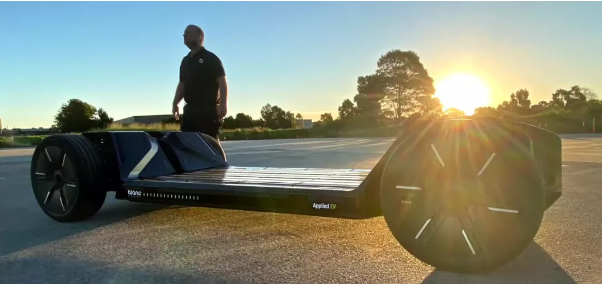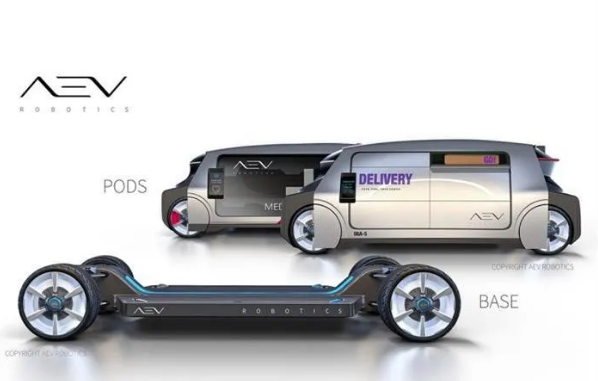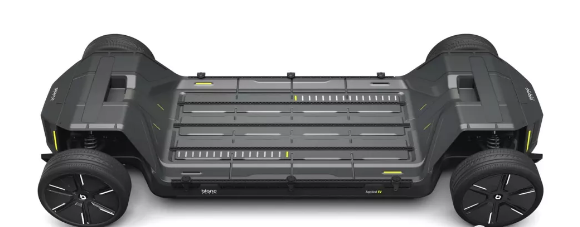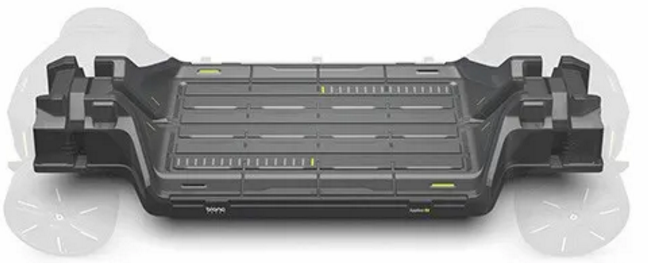Blanc Robot is a self-driving robot base developed by an Australian technology company. It uses both a solar photovoltaic roof and a lithium-ion battery system.
This electric self-driving robot base can be equipped with a customized cockpit, allowing companies, urban planners and fleet managers to safely transport people, goods and perform tasks at low speeds in an urban environment, and at low cost.
In the field of electric vehicles, weight reduction is an inevitable development trend due to the limitation of battery life. At the same time, in mass production, cost reduction is also a necessary consideration.
Therefore, AEV Robotics cooperated with other companies to develop a producible one-piece structural shell for Blanc Robot by using lightweight material technology and composite material manufacturing expertise. The shell is a key component that can greatly reduce the weight and manufacturing complexity of the Applied EV of an unmanned electric vehicle.
The Blanc Robot’s shell, or top cover, is the largest single component on the vehicle, with a total area of approximately 4 square meters. It is made of a lightweight, high-strength, high-rigidity glass fiber structure molding compound (GF-SMC), using molding technology.
GF-SMC is an abbreviation for glass fiber board molding compound, which is made into a sheet-shaped molding material by impregnating glass fiber with thermosetting resin. Compared with aluminum parts, CSP’s proprietary GF-SMC reduces the weight of the housing by about 20% and greatly simplifies the manufacturing process.
CSP molding technology can integrally mold thin, complex-shaped plates, which is difficult to achieve when using metal materials. In addition, the molding time is only about 3 minutes.
The GF-SMC shell enables the Blanc Robot to achieve the required structural performance to protect the key internal equipment from damage. In addition to fire resistance, the shell also has dimensional stability and corrosion resistance.
The two companies will continue to work together to further use lightweight material technology to manufacture a series of other components, including structural elements, glass and body panels for the production of EVs in the second half of 2022.
Post time: Jul-14-2021










